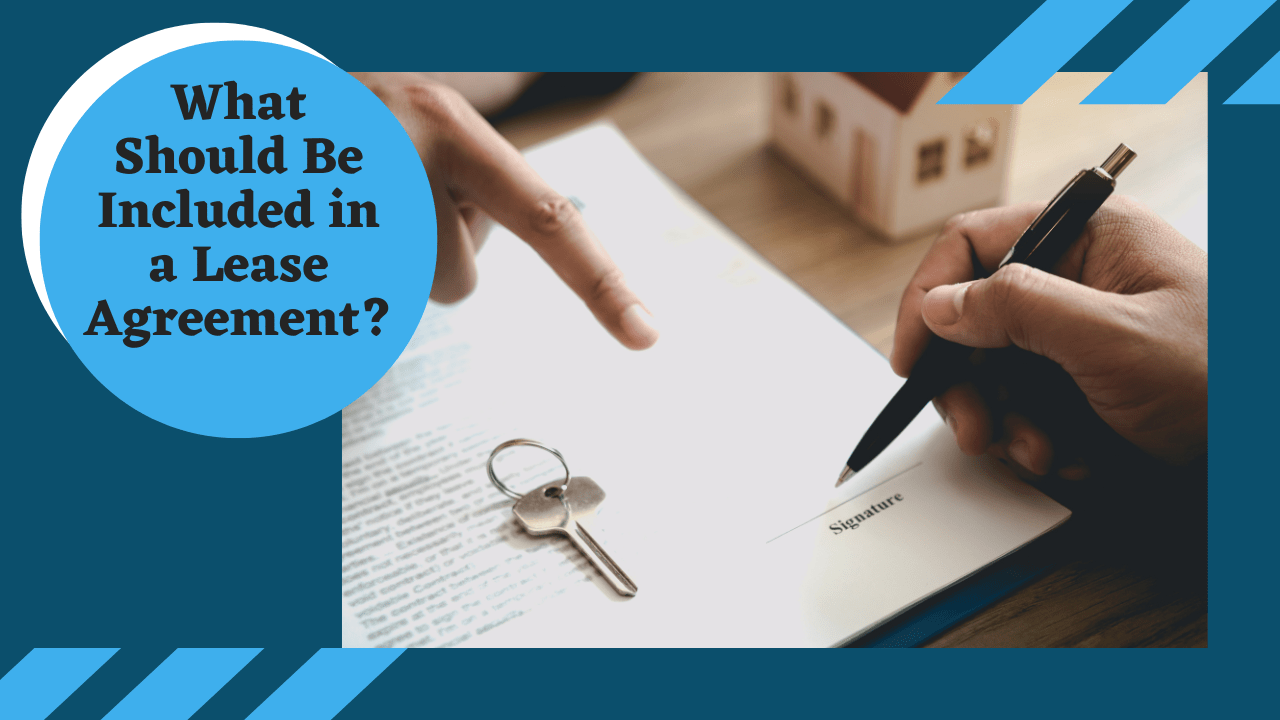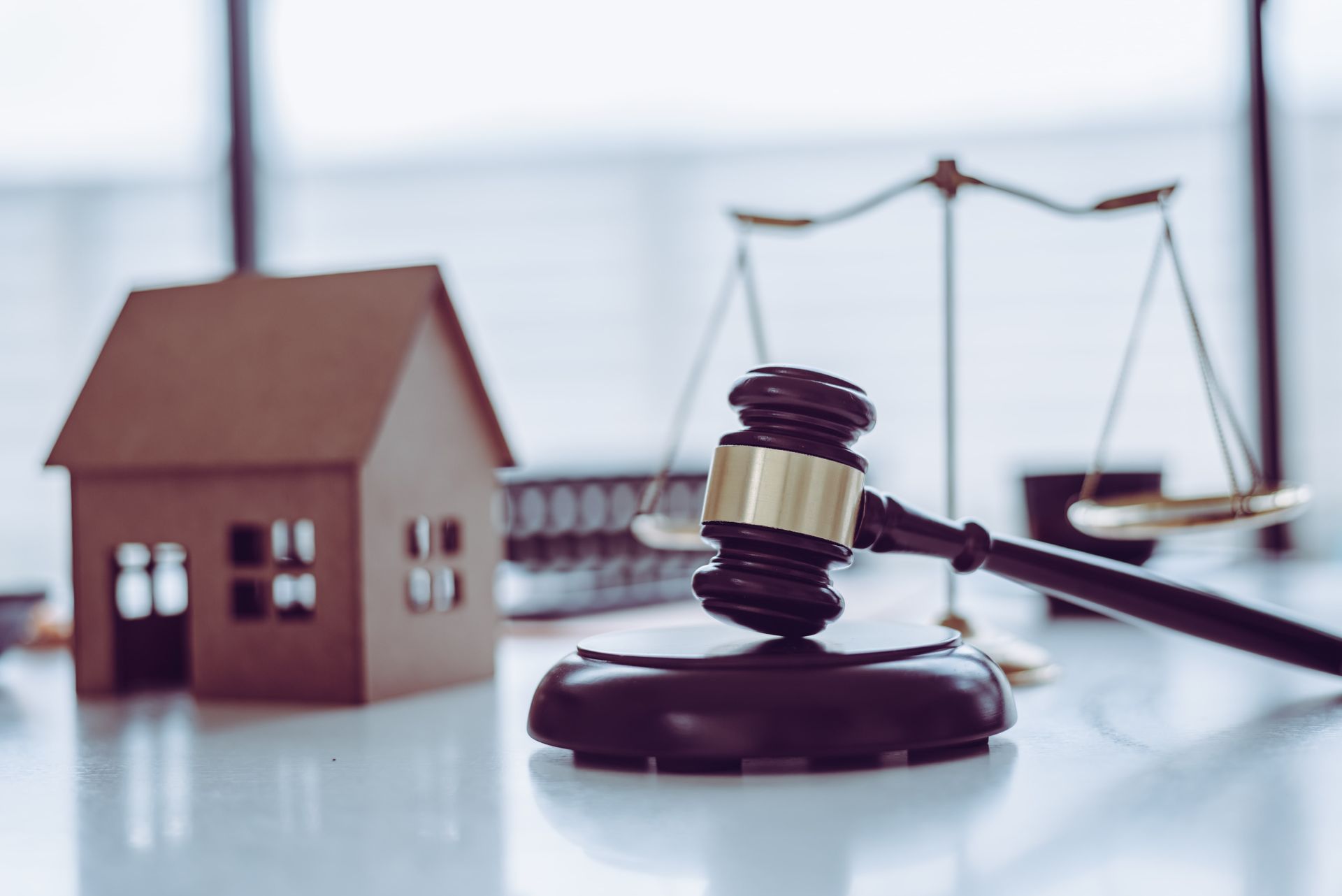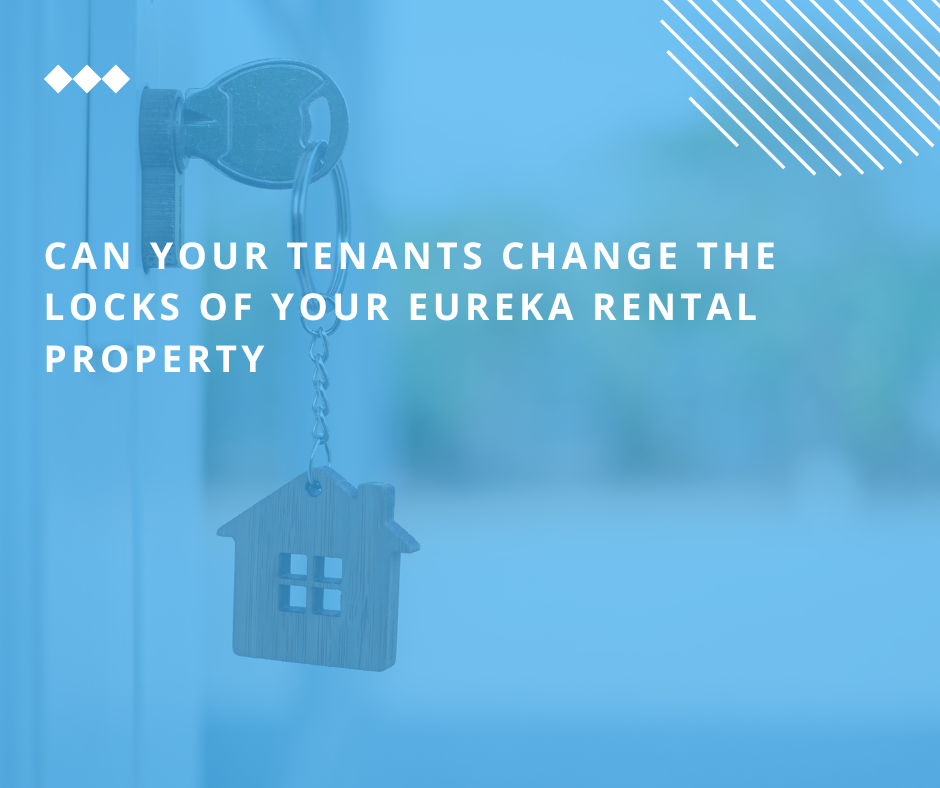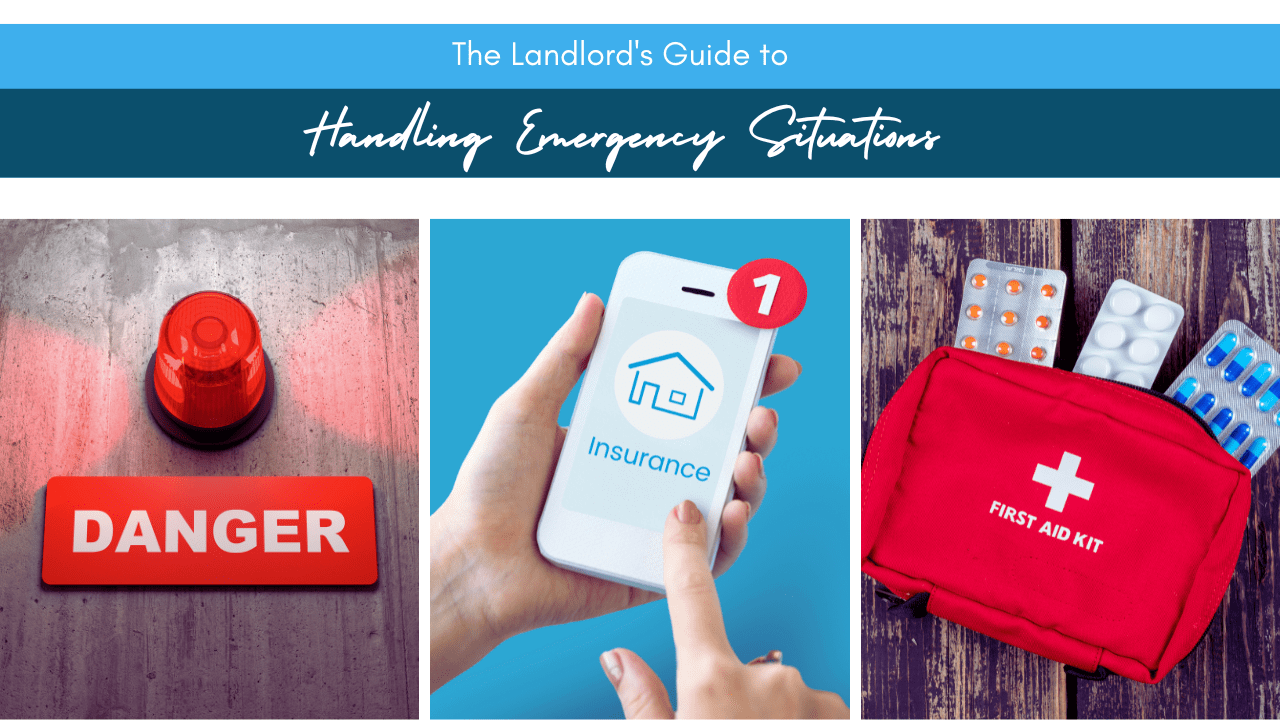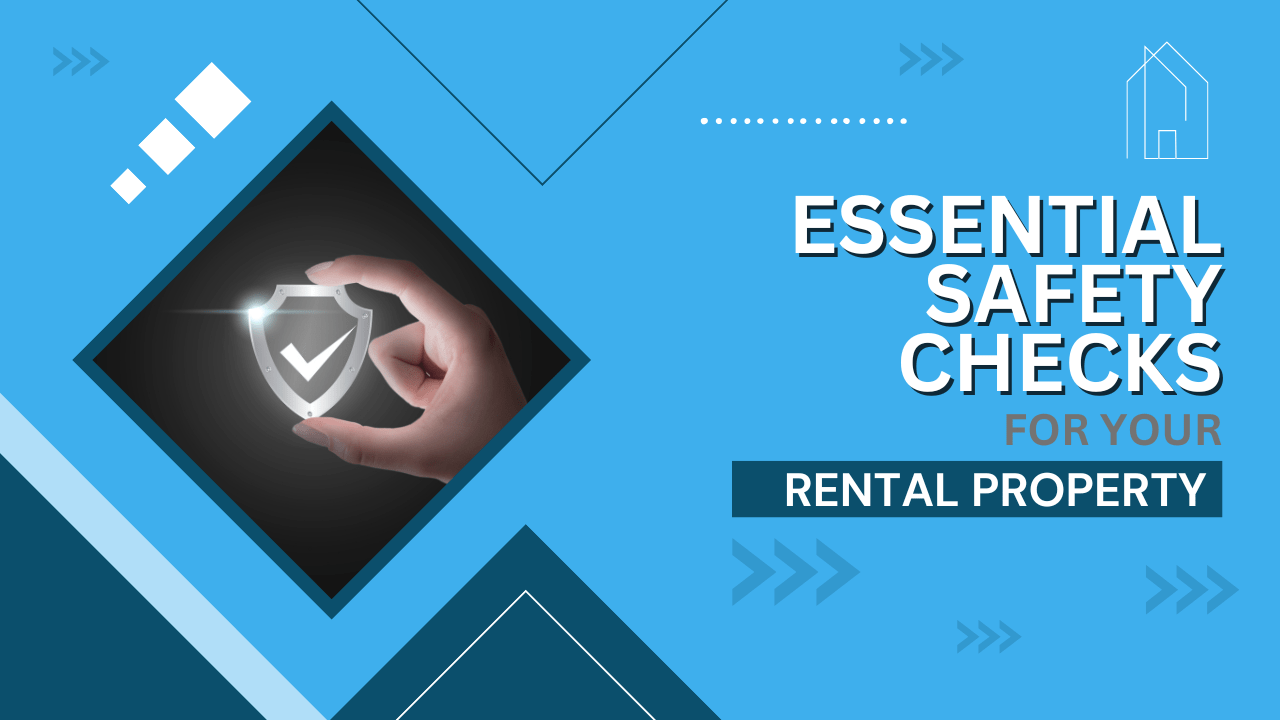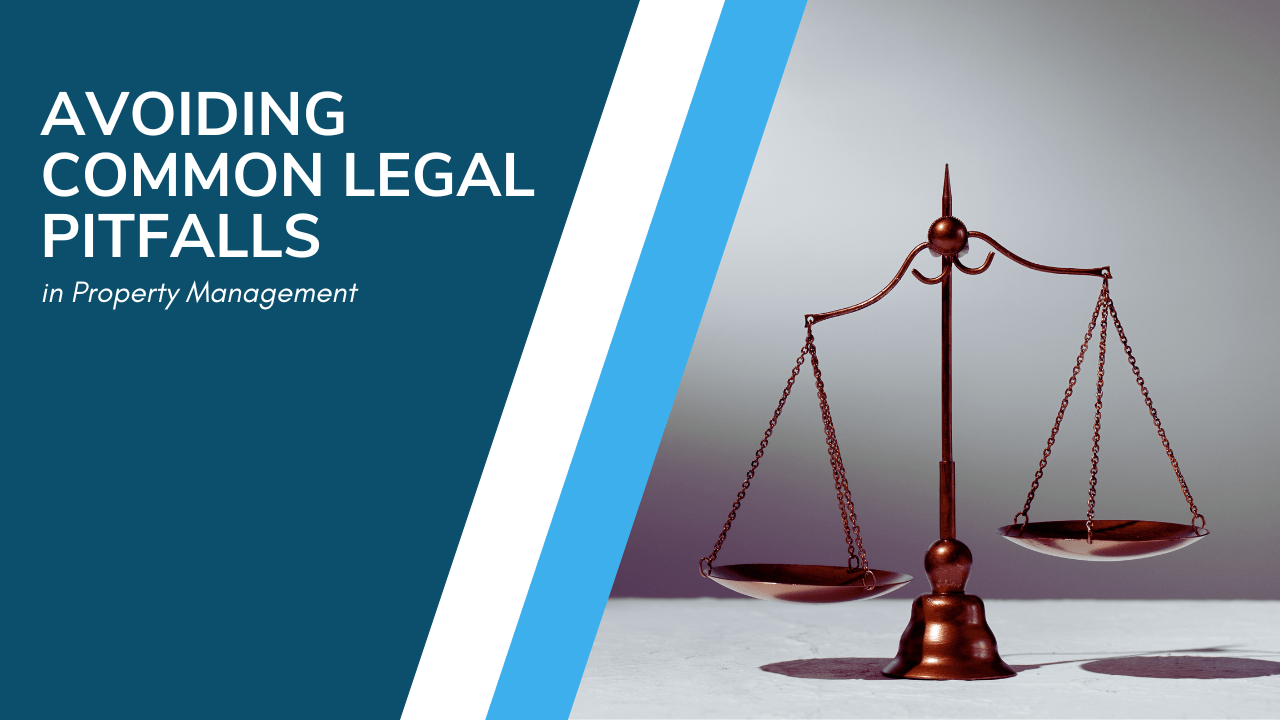Before you can effectively lease your Humboldt County rental property, you need to make sure it’s ready for the rental market and the highly qualified tenants you are hoping to place in your home.
What should be included in your Humboldt County lease agreement?
Let’s take a look at the requirements of a lease agreement in California.
It’s critical to write up a lease that protects you and your property. It also needs to contain all the pertinent information that will ensure you and your tenants have a good rental experience.
With the landlord and tenant laws constantly changing in California, there are specific things you need to include in your lease agreement. You should always be updating your lease, and you should be sure it’s legally compliant. Talk to a qualified attorney who specializes in landlord law, or work with a
professional property management company in Humboldt County that can help you ensure you have all the information you need in your lease agreement.
While you may customize your lease to the property it applies to, there are a few things that you absolutely must include in your legally compliant lease agreement.
Start with a California-Specific Lease Agreement
Writing your own lease agreement is not the best idea, unless you’re an expert in California property management and tenant rights. If you’re not currently working with a professional property manager, there are a few places that you can go to get a good lease template. We recommend:
Your local chapter of NARPM- California Apartment Association
- Institute of Real Estate Management
A major
mistake that landlords often make is to download and use a standard lease template that they find online. You want to be careful because not all of those leases are specific to California. Using a lease that was written in Florida or Michigan is not going to help you rent out a property in California. Make sure you find a state-specific template and get it approved by an attorney or a property manager before you use it.
Names and Contact Information for Tenants and Owners
A good lease starts with specific identifying information. You want to identify the property as well as the tenants and the owners.
Every adult 18 years of age and older who will live in the property should be included as a tenant on the lease agreement. Include their full names and some sort of identifying information, such as a social security number and driver’s license number. Residents under 18 years of age are not legally responsible for rent, but they should still be included in the lease so you know who they are.
The lease should specifically state that occupancy is limited to the parties listed on the lease. You don’t want any long-term visitors in your property who have not been screened.
Make sure your information is included as well, and if you’re working with a property manager, reference who they are and instruct tenants to communicate with your management company.
Identify the Lease Term for Humboldt County Rental Properties
Your lease agreement must have a start date and an end date.
Stipulate whether the lease will renew automatically or convert to a month-to-month arrangement. You also want to reference how much notice you and the tenant must provide to end the tenancy. When it’s time for the lease to renew or end, there needs to be a consistent procedure that tenants can easily reference in their lease.
Money Matters: Rent Collection and Security Deposits
One of the most important sections of your lease agreement will be the rent collection policy, which should reflect:
How much rent is due every month- Whether there is a grace period for payment of the rent
- On which date rent is officially late
- How rent should be paid (check, online, etc.)
- Consequences or penalties for late payments, such as late fees and eviction
The lease agreement should reflect how much of a security deposit was collected and how it will be used. This is a good time to tell tenants what will be required in order to get their full security deposit refunded. When it’s in writing, they’ll be able to refer to those instructions before moving out.
All California lease agreements must include language that identifies the property as being subject to
rent control laws or exempt from them. This is a fairly new requirement, so make sure you don’t have older leases that may need to be updated.
Landlord and Tenant Maintenance Responsibilities
If you want to avoid disputes with tenants over repairs and property condition, be clear about who is responsible for what in your lease.
Maintaining a property is a joint responsibility, and your tenants need to know what you expect from them.
The lease should indicate who will pay for utilities, landscaping, and any pool or spa services if you provide those amenities. You can list the process for reporting routine and emergency maintenance, and you can identify what would be considered an emergency. You should also use your lease to prohibit the tenants from making any repairs or cosmetic changes without permission.
Rules and Regulations at your Humboldt County Rental Property
Your lease should reflect whether you
allow smoking and pets. It should reference guests and parking.
It should also notify tenants about what is and isn’t allowed in the home or the common areas. You should also include language that requires the landlord to provide a specific notice period before entering the home. Your lease can prohibit excessive noise, illegal activity, and other disruptions to the neighborhood.
If your
investment property is in an HOA, make sure the tenant receives a copy of those rules and regulations.
Legal Disclosures and Requirements in California Leases

